Report this entry
More from the same community-collection
Family members on front porch steps
These may be Casad family relatives with the Lorentzen children, ...
Weight Lifting and Wrestling Downtown El Paso- 2015
Weight Lifting and Wrestling Downtown El Paso- 2015
Weight Lifting and Wrestling Downtown El Paso- 2015
Weight Lifting and Wrestling Downtown El Paso- 2015
Weight Lifting and Wrestling Downtown El Paso- 2015
Weight Lifting and Wrestling Downtown El Paso- 2015
Weight Lifting and Wrestling Downtown El Paso- 2015
Weight Lifting and Wrestling Downtown El Paso- 2015
Mother and baby seated outside of house
This may be Mrs. J.W. Lorentzen with one of her three children. ...
Woman having fun with water hose
This woman is in the side yard of 521 Randolph Dr. Note the WWI ...
Weight Lifting and Wrestling Downtown El Paso- 2015
Weight Lifting and Wrestling Downtown El Paso- 2015
Weight Lifting and Wrestling Downtown El Paso- 2015
Weight Lifting and Wrestling Downtown El Paso- 2015
Weight Lifting and Wrestling Downtown El Paso- 2015
Weight Lifting and Wrestling Downtown El Paso- 2015
Weight Lifting and Wrestling Downtown El Paso- 2015
Weight Lifting and Wrestling Downtown El Paso- 2015
Family and friends on front porch
Lorentzen family members or friends with pet dog, on the porch ...
Weight Lifting and Wrestling Downtown El Paso- 2015
Weight Lifting and Wrestling Downtown El Paso- 2015
Weight Lifting and Wrestling Downtown El Paso- 2015
Weight Lifting and Wrestling Downtown El Paso- 2015
Two girls wearing hats sitting on wall - El Paso, Texas.
These Lorentzen family relatives or friends are sitting on the ...
Weight Lifting and Wrestling Downtown El Paso- 2015
Weight Lifting and Wrestling Downtown El Paso- 2015
Weight Lifting and Wrestling Downtown El Paso- 2015
Weight Lifting and Wrestling Downtown El Paso- 2015
Weight Lifting and Wrestling Downtown El Paso- 2015
Weight Lifting and Wrestling Downtown El Paso- 2015

















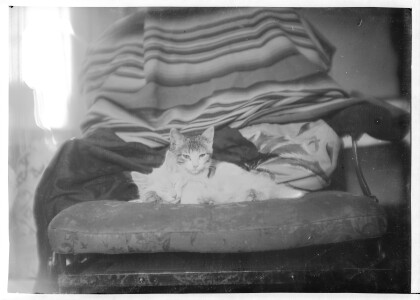
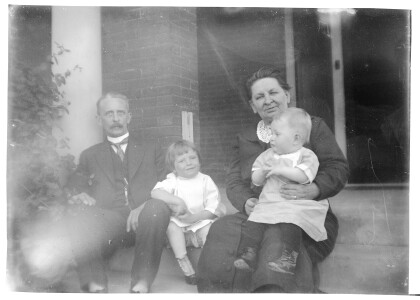
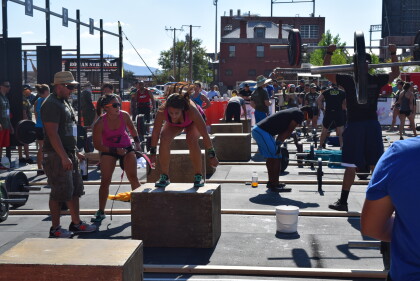

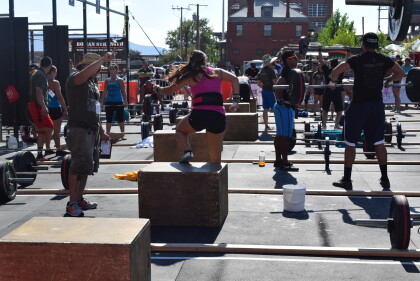
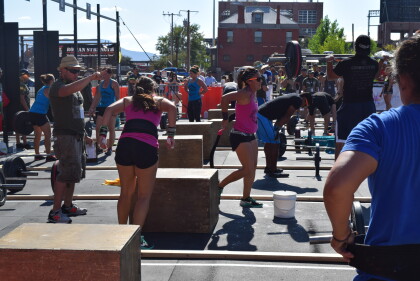
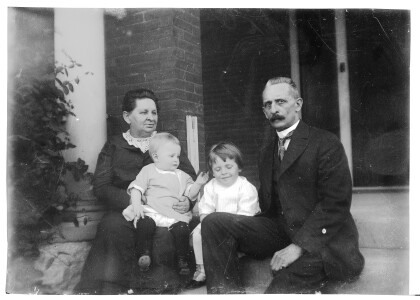
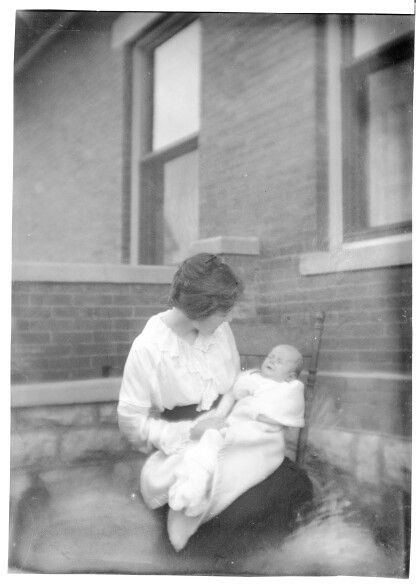
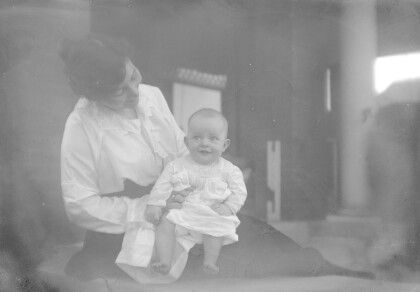
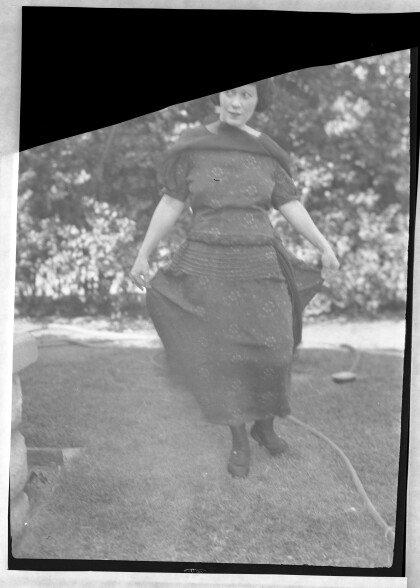
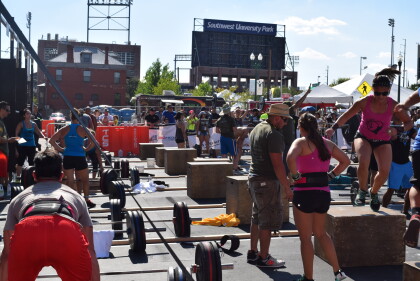
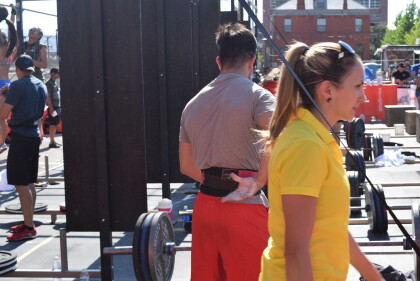
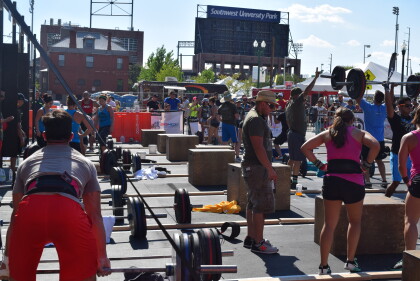
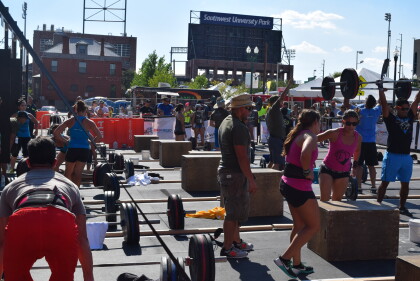
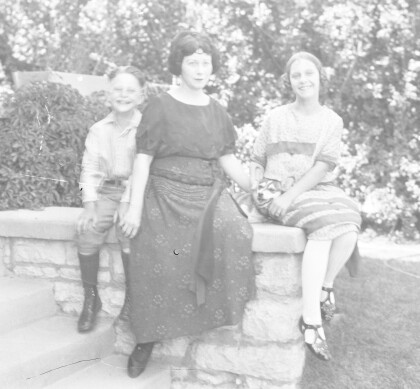
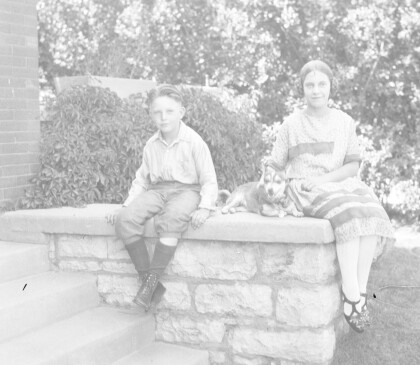
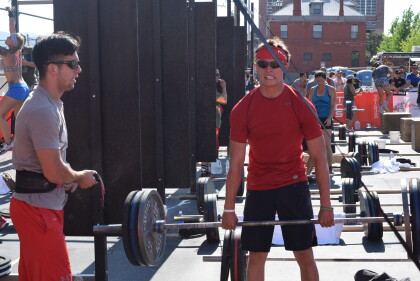
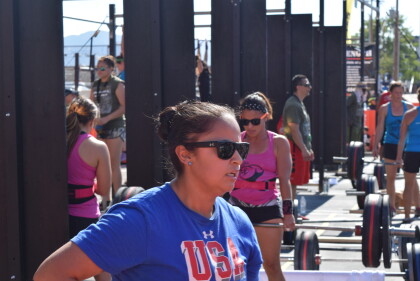
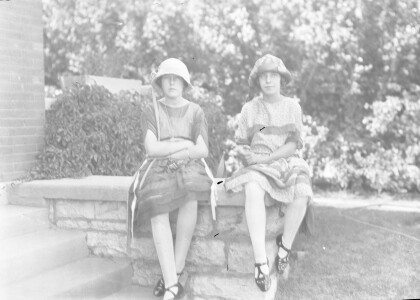
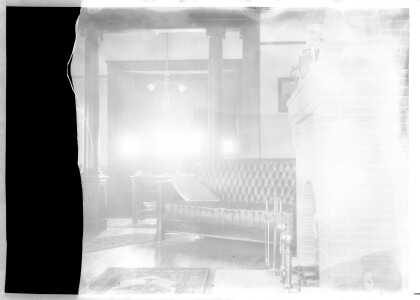
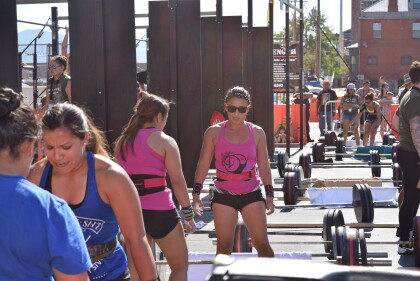
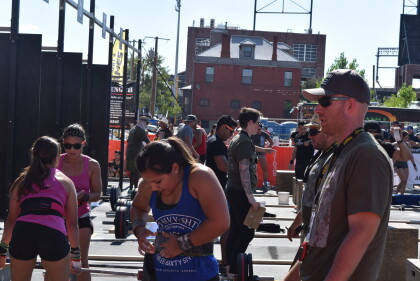

Comments
Add a comment